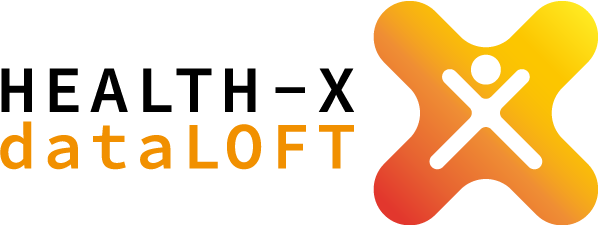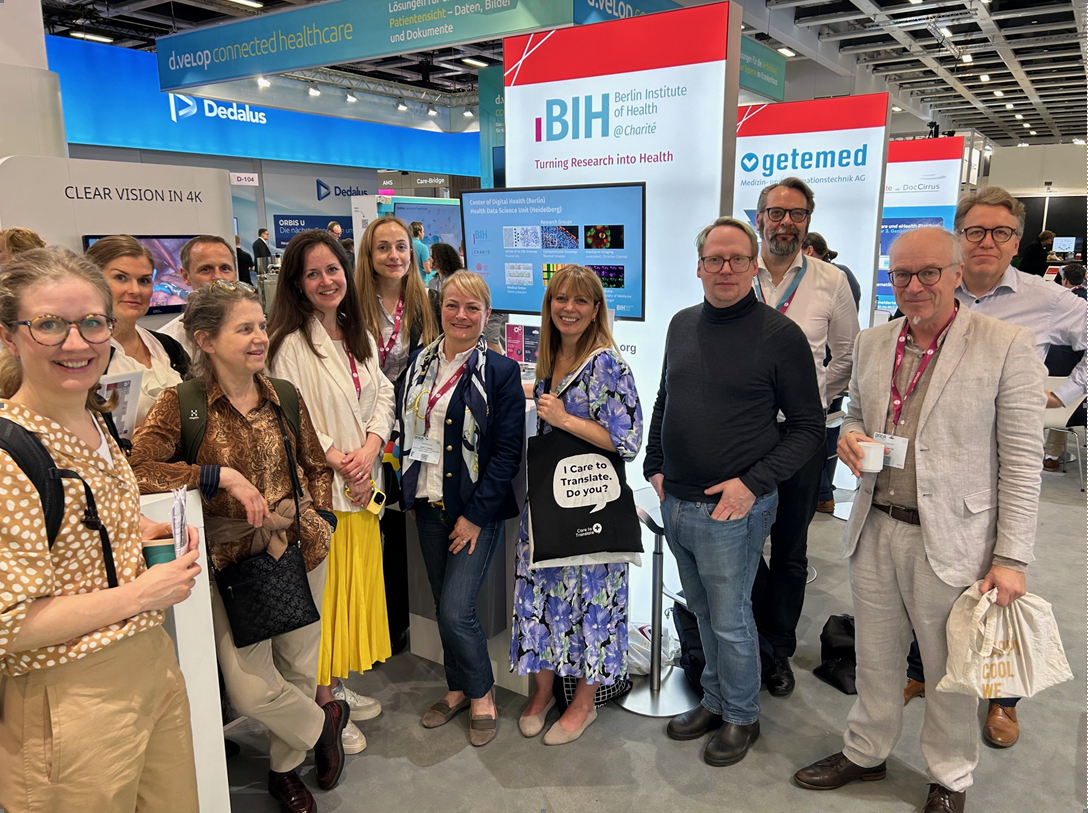Use Cases
Hidden potentials - our health data enables new business models
HEALTH-X dataLOFT demonstrates in four use cases the opportunities that arise from combining healthcare data from the primary and secondary healthcare markets.
This creates completely new business models. The Use Cases address socially highly relevant questions about strengthening the role of citizens, health prevention, healthy aging, and clinical care, where the core question of who finances the "therapy of the healthy" finds new answers in presented B2P and B2C models. dataLOFT achieves high visibility and broad impact in Germany and Europe through the solutions presented.
Self-determined everyday health
With the increasing popularity of wearables, fitness wristbands, smartwatches, sports watches, networked scales, health apps, and many more, the casual monitoring of many parameters of the own health has become commonplace over many years, even for healthy people.
The aim of Use Case 1 is to make the treasury of data from all these devices available for prevention and health maintenance, for healthy aging in everyday life, and medical diagnostics and therapy. By connecting and networking long-term self-tracking in everyday life, medical device-specific relevant data from the primary health care market (e.g., from implants), and ePA data, new health services will be enabled and made fundable by the statutory health insurance system.
For manufacturers of self-tracking devices, the secondary use of tracking data opens up new business areas not only in the secondary health markets, but also in the primary health market, which is difficult for them to reach today. Financing is possible as both individual services privately and as prevention, care or bonus offers from the health insurance funds. Direct monetization (e.g., as DiGA, DiPA, or DiVA, possibly with private co-payment in premium models), as well as indirect monetization (e.g., through X-as-a-Service models and study design), is conceivable through the providers of new health services, who act as trusted intermediaries between end customers, device manufacturers, and smart service providers.
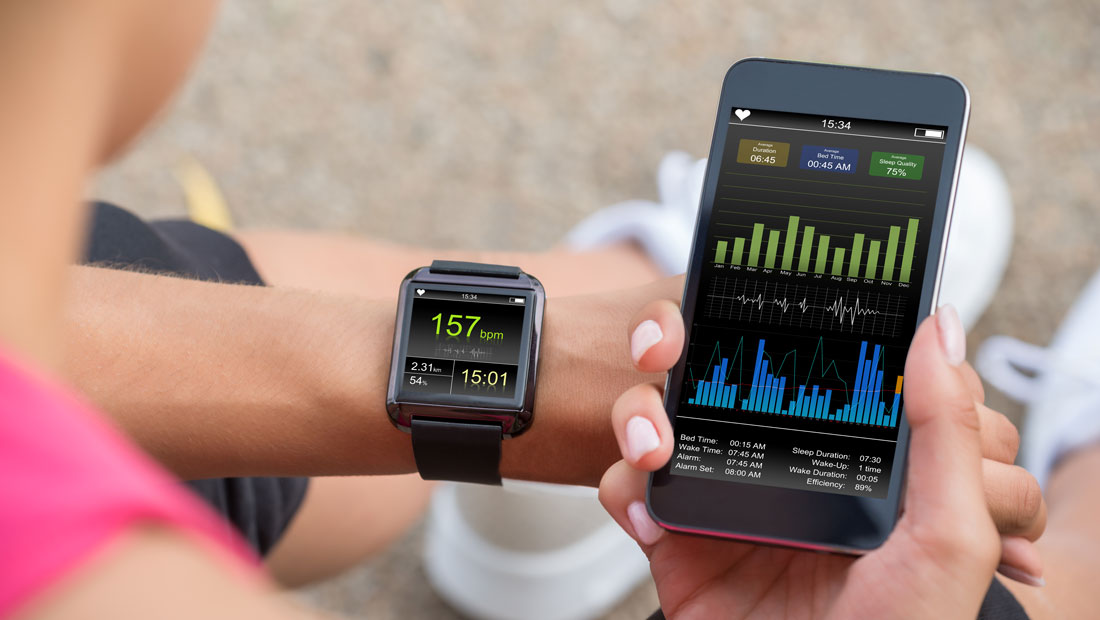



Clinical Accompaniment
Here, prototypical oncological treatment scenarios are developed based on the ePA and its connected dataLOFT data areas and services.
The interdisciplinary and intersectoral care of cancer patients requires a comprehensive collection and linking of diagnostic and clinical data, which will be supplemented in the future by the integration of patient-centered sensor technology and home-ambulatory monitoring. The cross-sector integration and analysis of these data using certified AI methods open up new opportunities for individualized patient education ("shared decision-making") and personalized therapy recommendations.
The integration of Patient-Reported Outcomes (PROs) and Patient-Reported Experiences (PREs) will provide important complements to standard outcome measures in the clinic. Of central importance is the integration of large-volume image data from radiology and pathology, which - linked to ePA findings and Patient-Reported Outcomes - will significantly improve patient care and can be fed into the application of AI-based tools. These improvements in patient care will allow funding of such use cases by health insurers in different B2P models, either as part of standard care or selectively as a DiVA of a SHI.
Personalized health services
HEALTH-X dataLOFT enables the linking of the different data domains after data is released by the citizens for services, such as the AI-based assistant as an adaptive, personalized system for a variety of specific concrete applications.
These include, for example, checking the compatibility of medications based on personal genetic background, the prevention or treatment of back pain, and as planned in the Gaia-X use case "Smart Health Connect", the early detection of acute health problems in the case of cardiovascular disease.

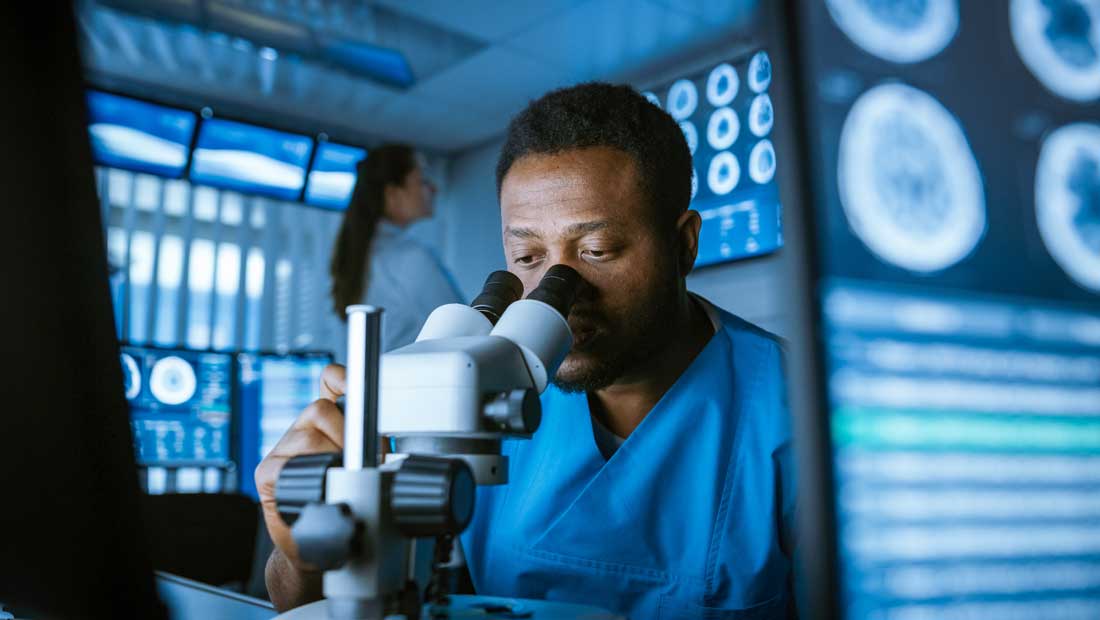

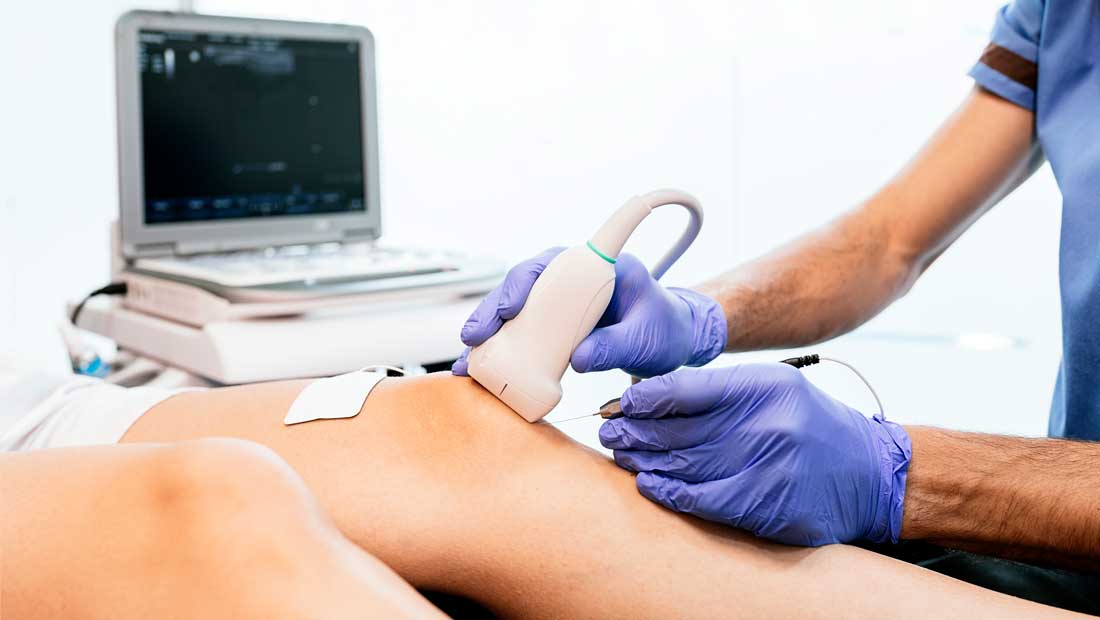
Secondary use of data
Linking longitudinal everyday data with clinical and diagnostic data holds significant potential for disease understanding, prevention, and personalized health.
Here, we demonstrate how the concepts of dataLOFT will allow citizens to donate selected clinical and image data to selected research infrastructures in pseudonymized or anonymized form. For image data, a data minimization tool developed for selected clinical data donation is used. A mobile data donation app will be provided, with full integration of consent granting, customization, and revocation functions via the dataLOFT Data Wallet.
Other functionalities relate to pseudonymization, harmonization, and transfer of highly diverse health data, as well as the provision of clinical image data from radiology, and pathology to the clinical data area of dataLOFT. The exploitation of the app and the data donation service will involve Gaia-X IAM services in different B2B models. The applications will be offered to research data platforms, for example, as a function-as-a-service with optional customization and training.
Infrastructures developed in this use case will also be evaluated in dataLOFT for exploratory projects of our partners for innovative analysis and as-a-service offerings.
HEALTH-X
Use Cases
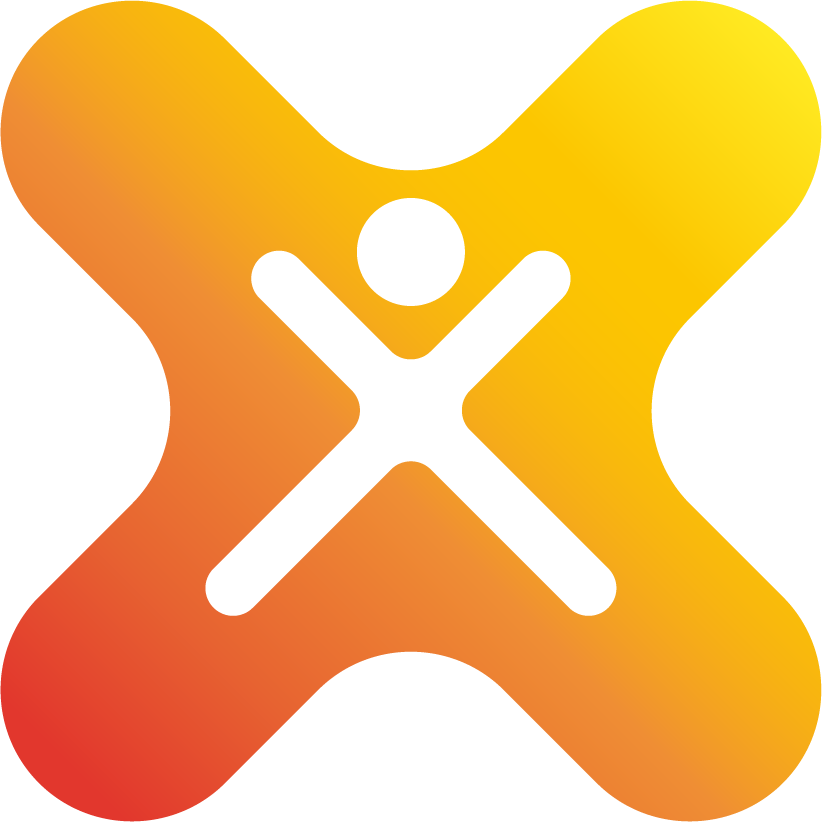
Other significant exploitation opportunities arise from the components and infrastructures used across several of the previously mentioned use cases and potentially in future dataLOFT applications as well as in other Gaia-X domains.
General Use and Exploitation
Further significant exploitation opportunities arise from the components and infrastructures that are
used across several of the aforementioned use cases and potentially in future dataLOFT applications
as well as in other Gaia-X domains:
Bundesdruckerei provides the ID management and data trust service as a B2B service and infrastructure component. This component will initially be implemented as a free basic and infrastructure service. The provision as fee-based, individually adaptable B2B additional services, paid by third-party providers, e.g. as a "white label solution", is an example of further options.
Part of the dataLOFT platform is a federated infrastructure to enable citizens to manage all their own personal data. This is where B2B services are created, in which companies are given development know-how and access to the infrastructure. The use of connector technologies enables the connection of diagnostic patient data collected in the clinical setting through research, development, and deployment of a secure, Gaia-X compliant platform. Interfaces allow basic access to data from the ePA and prepare this information according to the patient's wishes for new patient and doctor portals.
A special feature of our concept is that we can use the tools of the HEALTH-X Innovation Hub to respond to new requirements and needs of citizens and the market in an agile manner by introducing new concepts, developments and products in HEALTH-X into the to integrate the overall concept. In this way we ensure that the consortium can react flexibly to new developments in the extended HEALTH-X community. The governance and financing structure allows us to react flexibly here by consistently using the stakeholder boards and the HEALTH-X General Assembly.



"In HEALTH-X dataLOFT you change from a simple beneficiary of services to a determining and active partner. You get sovereignty over your health data and decide what happens to your sensitive data, how it is used and who is allowed to use it."
Prof. Dr. Roland Eils
FOUNDING DIRECTOR OF BIH – CENTER OF DIGITAL HEALTH

Questions?
Of course, our website can only provide you a rough insight into the HEALTH-X dataLOFT. If you have any questions about the project, please feel free to contact us at info@health-x.org.
